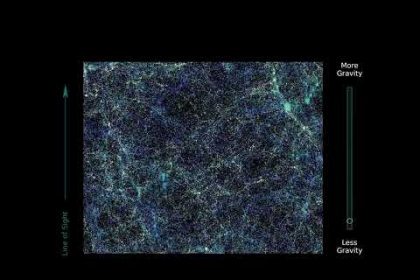NASA’s Curiosity rover, which has been exploring Mars for a long time, has now been able to identify evidence of the existence of water in the past of this planet. These evidences have shown the conditions for the formation of life on Mars.
According to Tekna technology and technology news service, the Curiosity rover has sent evidence that shows that the planet Mars had wet and dry cycles billions of years ago, and mud fissures have been found on this planet for a long time. The existence of these evidences can increase the possibility of life on this planet.
This evidence includes preserved fragments of mud cracks that are very old and show dry and wet cycles on the planet. The existence of such cycles could indicate that Mars once hosted microscopic life. Even on earth, one of the theories of the formation of life has mentioned the existence of such cycles. These life cycles can create ideal conditions for creating the building blocks of complex chemical compounds. Now the hypothesis of the existence of life on Mars is one step closer to reality.
“This is the first time we have been able to discover tangible evidence of the ancient climate of Mars,” said William Robin, senior researcher in Mars research. Regular wet and dry cycles like Earth have been identified on this planet. So that it can be said that these cycles were necessary for the formation of life and molecular evolution.
The evidence obtained by the Curiosity rover was recorded in 2021 at Gale Crater on the planet Mars. The evidence included unique polygonal designs never seen before on Mars. After seeing Curiosity, it sampled these gaps and sent the related data to the support team. Investigations conducted under the surface of this soil show that there are two different layers, one rich in clay and the other rich in minerals such as sulfate. Mineral sulfate is also created when water dries up. This issue can be an important proof of the existence of water and wet and dry cycles on this planet.
RCO NEWS
















